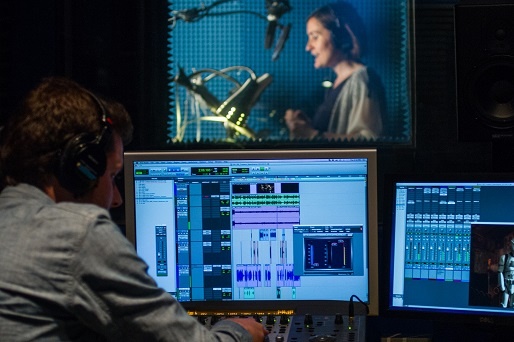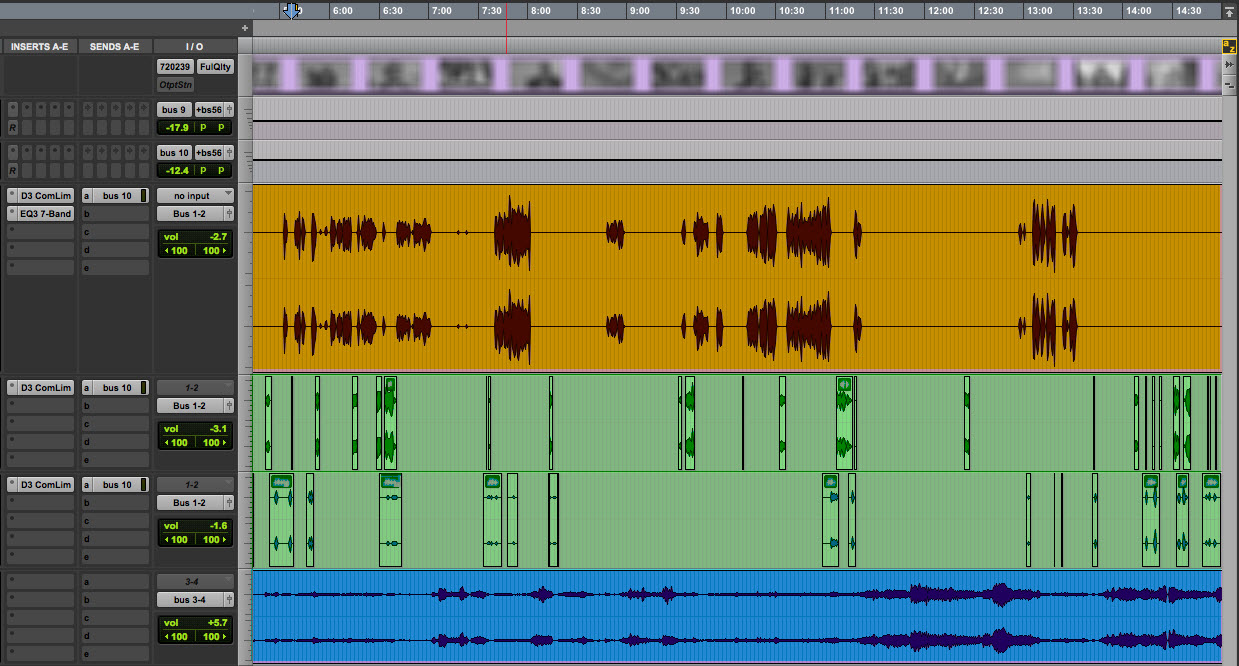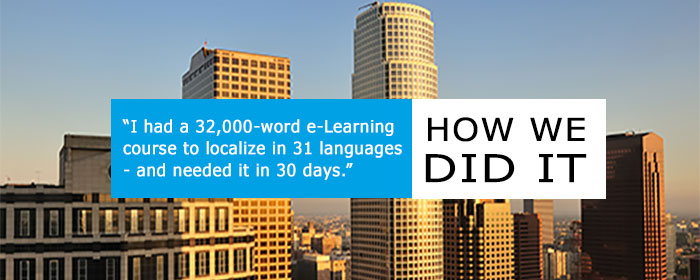Basic Process for Video Localization You Should Know

5 Audio Editing Tips to Be Successful
May 15, 2019
5 Easy Steps to Guarantee the Success of Your Voice-Over Projects
May 29, 2019Media Localization is big business now that everything’s becoming more interconnected. Many companies are now looking to localization to help grow their user base and make your media easy for people who speak different languages to understand.
We’ve got a quick and easy guide that highlights the steps you should know, along with useful techniques when it comes to video translation.
[Average read time: 2 minutes]
Important Localization Steps
1. Transcription
Your first step here is going to be transcribing the original media in its entirety. This gives you a solid starting point to build on.
2. Time Stamps
These cues will help you keep your place and ensure that all your translated audio follows the video. What you’re trying to avoid here is your translated audio drifting too far ahead or behind the relevant video elements in the original.
3. Translation
Next up is translating your transcription of the original audio into the language of your choice. It helps to keep the original tone intact, although this can be tricky when meanings are lost in translation.
4. Record Narration
 After your timestamps are all set up, it’s time to start narrating your translated script. This should be done by a professional. Reading a script may seem like an easy task, but it is actually more difficult that it seems and requires a lot of skills and experience.
After your timestamps are all set up, it’s time to start narrating your translated script. This should be done by a professional. Reading a script may seem like an easy task, but it is actually more difficult that it seems and requires a lot of skills and experience.
Voice talents are better able to enunciate their words, keep up the same pace throughout the recording, and give life to the script.
5. Post-production
With your audio recorded and ready to be implemented, you should take some time to go through the video itself and edit either the audio or video.

As we mentioned earlier, a new language might requires slightly different timing, especially if the script has not been properly timed to the video. Therefore, you will have some post-production work to do. It may include reducing pauses in the audio, time compressing the audio to fit within the time limitations of the video, or expanding the video.
6. Wrapping Up
Once you’ve edited your video and checked all relevant files for quality it’s time to start putting it all together. Tie your audio in with your video, run it through a few times to make sure all your errors are sorted out, and then pat yourself on the back because at that point it’s time for your final upload.
Going Forward
If you’re able to follow the aforementioned steps and tips then you’re already well ahead of the pack when it comes to media localization. In many cases, however, it’s best to leave this process to professionals who know exactly how to maximize its effectiveness. JBI Studios has you covered and we know exactly what to include ensuring you get your point across, regardless of the language your audience speaks.


